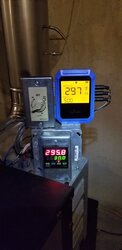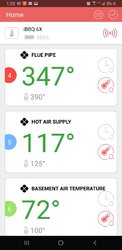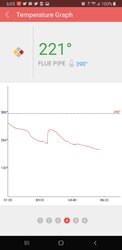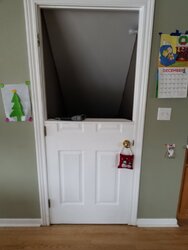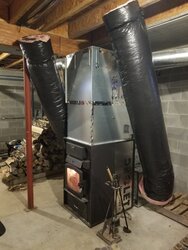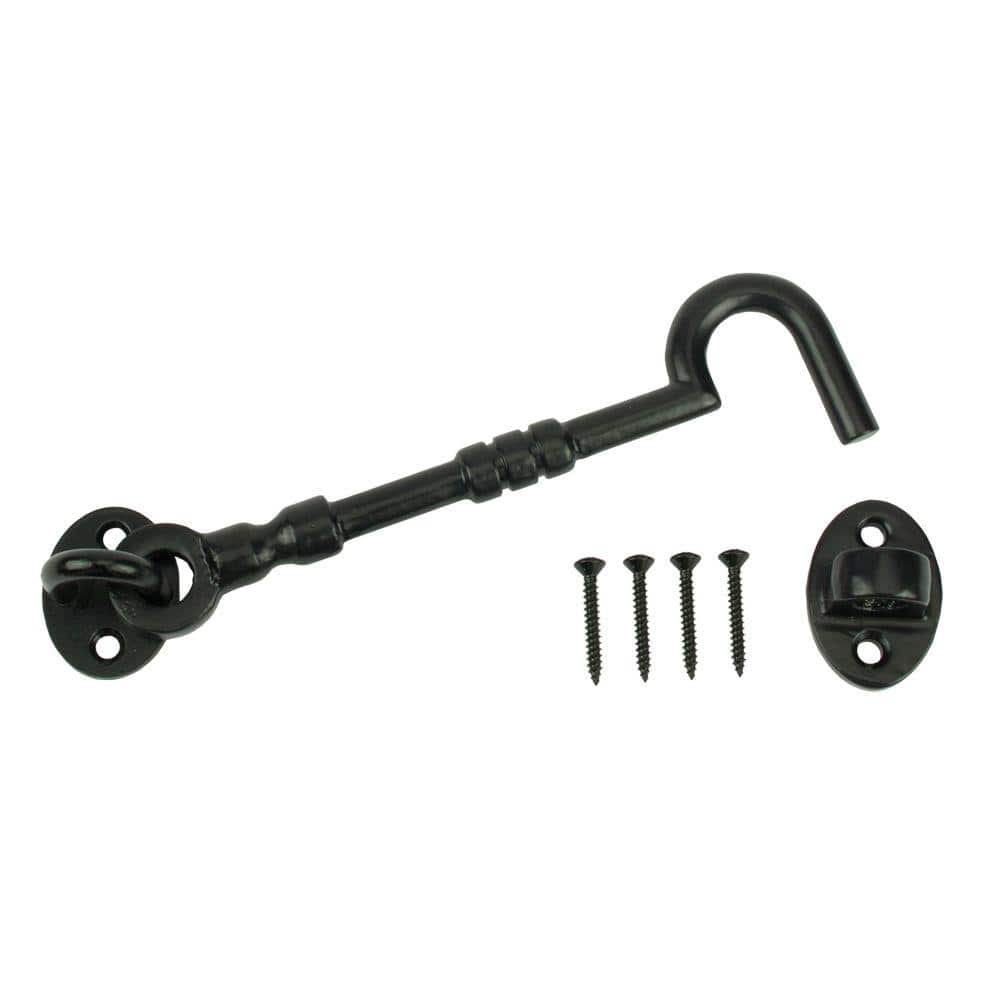sloeffle
Minister of Fire
I doubt they be able to do a retro kit for their old furnaces since it would require some kind of sensor to be in the firebox.I will go on record here...I bet it's basically the same furnace, but they actively monitor and control the firebox temp using a stepper motor on the damper...

Doesn't the Kuuma have an O2 sensor in the furnace somewhere ?


